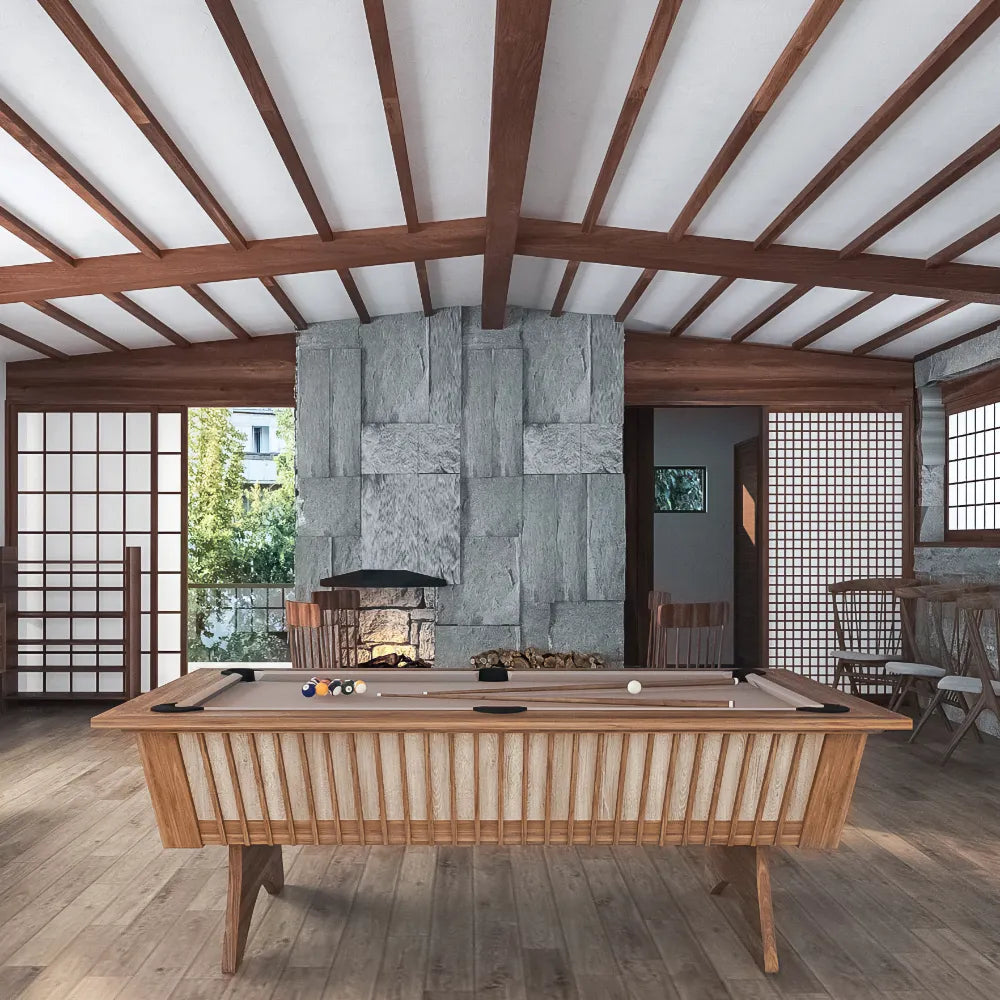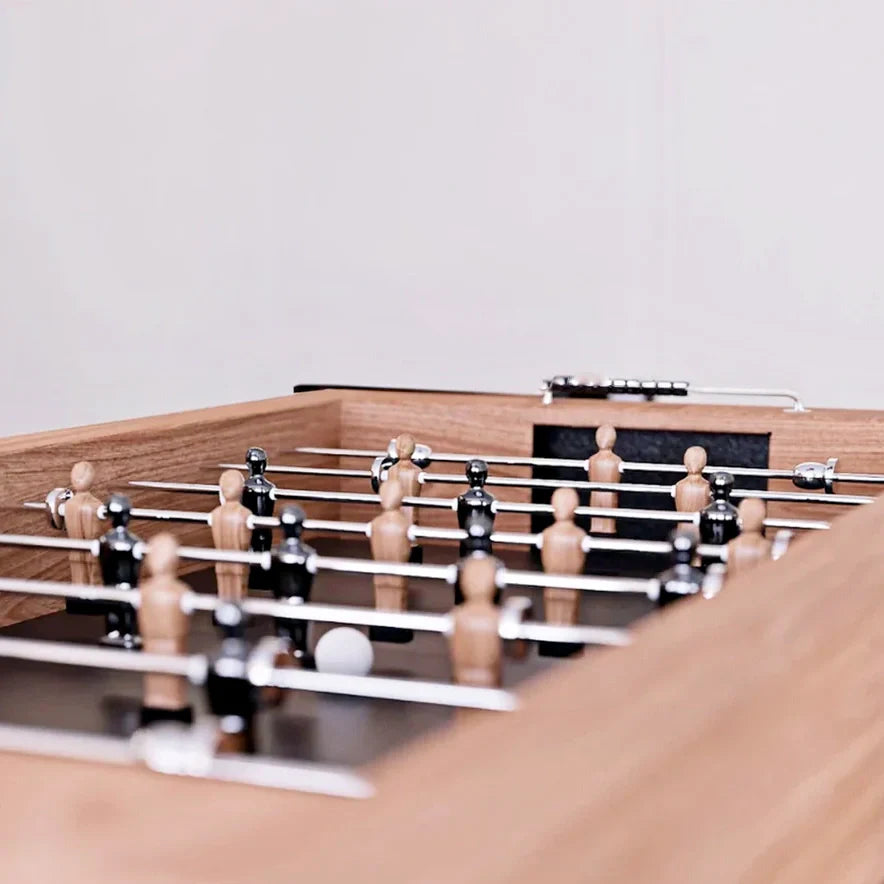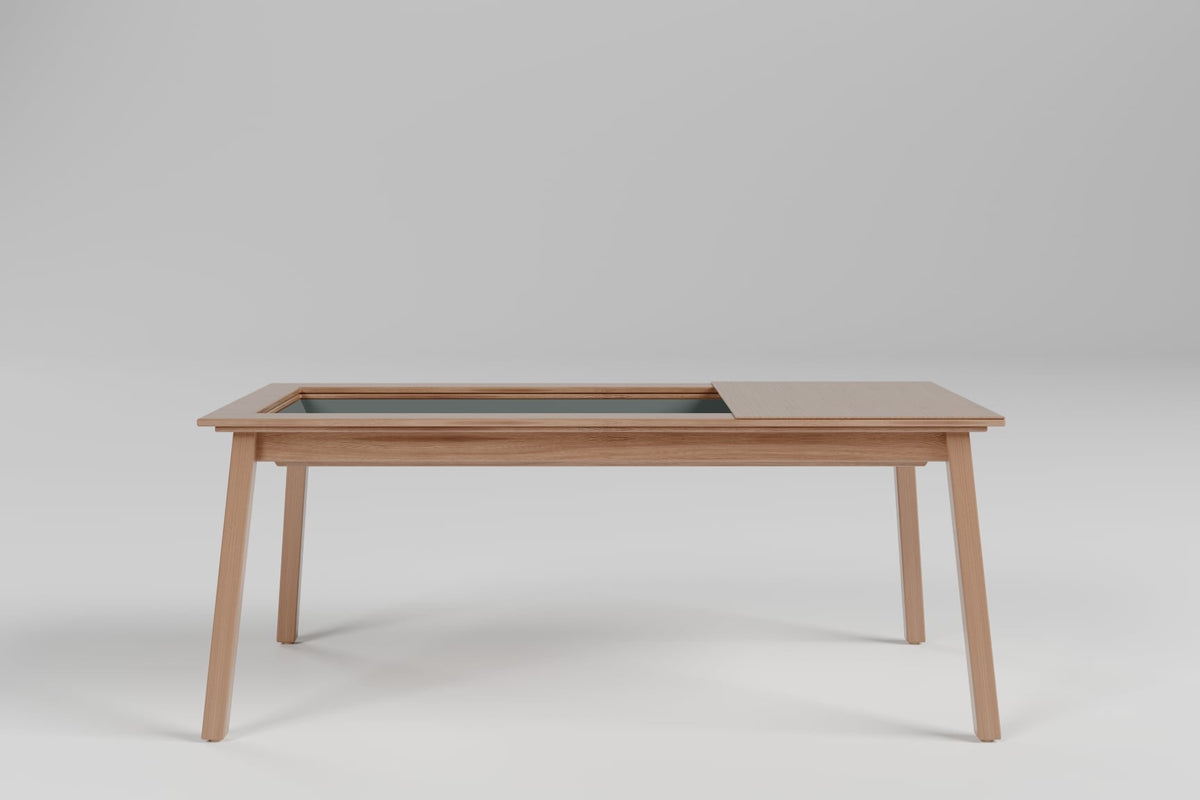There’s something magical about the low hum of an arcade cabinet glowing in the corner of a billiards room. It’s the familiar soundtrack: joysticks snapping, buttons thumping, eight-bit music chiming in the background. All the while, chalk dust drifts lazily across the green felt nearby. For many pool lovers, an arcade machine isn’t just nostalgic décor; it’s the perfect sidekick, ready to keep guests entertained between racks or give you a quick change of pace during solo practice.
Why an Arcade Machine Belongs in a Pool Room
- Built-in intermission. Even the most dedicated players need a breather. A cabinet offers a mental reset without stepping away from the table.
- Conversation starter. Ask any guest if they ever topped the leaderboard on Galaga and you unlock a trove of stories. Breaks become shared memories about local arcades, favorite power-ups, and who really mastered Street Fighter II back in ’93.
- Family appeal. Kids or friends who don’t play pool often feel like spectators. Put Pac-Man within reach, and suddenly everyone has a game they can jump into.
Choosing the Right Cabinet
Full-size upright cabinets are the icons you remember from bowling alleys. Each one stands roughly two feet wide and three feet deep, so it commands attention and needs a level floor plus some ventilation behind the back panel.
Cocktail (table-top) cabinets sit lower and let two players face each other. They double as a place to set drinks between shots; just be sure the glass height won’t interfere with cue strokes.
Bartop or mini cabinets shrink the footprint even more. Place one on a sturdy stand in a tight corner, and tuck the power cord out of the walkway so nobody trips while retrieving the cue ball.
Sound tip: Vintage boards pump out mono audio that can echo off rails. A small rubber mat under the cabinet tames vibration and keeps the opening riff of Donkey Kong from drowning out conversation.
Lighting tip: Pool tables thrive under bright, even fixtures. Angle the arcade’s marquee away from the cloth so its glow doesn’t tint the playing surface, especially on tournament-blue felt.
Layout Tips: Making Space for Both Games
- Respect cue clearance. A standard pool cue is about 58 inches (147 cm). Leave at least that much wall-to-cabinet distance so players aren’t forced into awkward jabs.
- Plan traffic flow. Position the cabinet near an entrance or along a wall that doesn’t host your cue rack. Clear walkways keep the energy up.
- Prevent reflections. If the screen throws glare onto polished rails, rotate the cabinet a few degrees or add a matte screen protector.
Caring for Your Gear
- Humidity patrol. Slate beds and CRT monitors both dislike extreme swings. Aim for 40 to 55 percent relative humidity year-round.
- Weekly dust-off. Chalk travels farther than you think. A microfiber cloth on joystick tops and button rims keeps inputs crisp.
- Surge protection. Game-room renovations often overlook dedicated outlets. A quality suppressor shields the cabinet’s aging power supply and your overhead lights at the same time.
Making It Personal
- Custom side art. Commission vinyl graphics featuring your league logo or a stylized portrait of your favorite billiard legend sinking a tricky bank shot.
- Shared high-score board. Mount a chalkboard next to the cabinet (above break-cue height) where friends can log scores and maybe wager who buys post-match pizza.
- Integrated sound. If you use a Bluetooth speaker for background tunes, feed the cabinet’s audio into the same system so Eight-Ball Deluxe call-outs don’t surprise unsuspecting shooters.
A Quick Word on Etiquette
Keep a short cue handy for tight shots, and remind guests not to lean sticks against the arcade glass. Scratches on vintage bezels are heartbreakers. Offer a dedicated cue stand so everything stays tidy.





0 comments